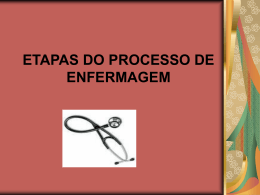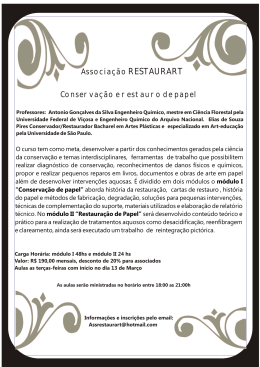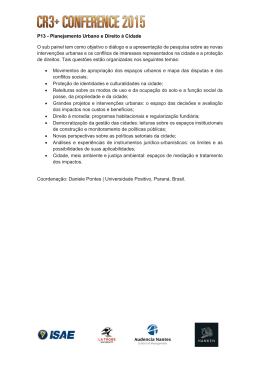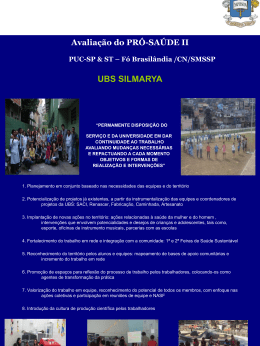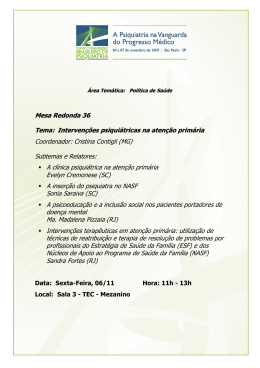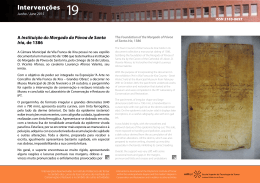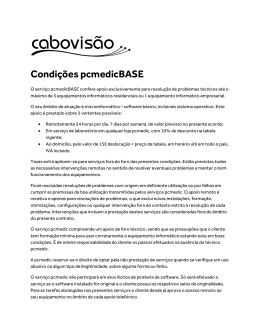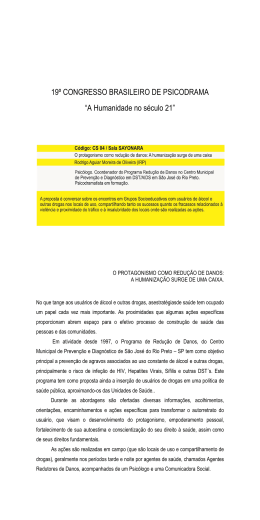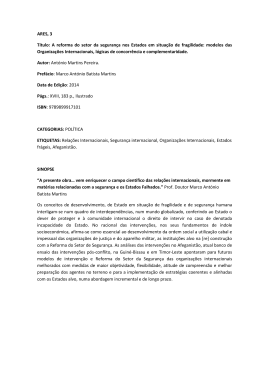Intervenções Março / March 2015 16 Intervenção de conservação e restauro da zincogravura “A Nossa Senhora de Fátima”, de 1922 A zincogravura é uma técnica impressão em que a imagem a ser reproduzida (desenho ou fotografia) é gravada por um processo fotomecânico numa placa de zinco e é também o nome dado à gravura assim obtida. A zincogravura de 1922 tratada Laboratório de Conservação e Restauro do IPT, intitulada “A Nossa Senhora de Fátima”, é um documento de colecção particular impresso a tinta azul em papel de cor marfim com dimensões de 270 mm de comprimento por 202 mm de largura. É uma reprodução datada de 30 de Agosto de 1922 do primeiro registo fotográfico da escultura de Nossa Senhora de Fátima, da Capelinha das Aparições. A fotografia é da autoria de Gilberto Fernandes dos Santos e tem um grande interesse documental em virtude de mostrar a escultura logo após a sua conclusão e, portanto, antes das alterações que depois foram efectuadas. A obra encontrava-se montada numa moldura em muito mau estado de conservação, com costas em cartão prensado de má qualidade e muito deteriorado, em directo contacto com o vidro. O suporte em papel apresentava alguma sujidade superficial, inúmeros vincos, dobras e rasgões, pequenas lacunas, marcas de ataque de insectos (lepismas), manchas de oxidação metálica, foxing, resíduos de tinta acastanhada e, ainda, inúmeros excrementos de insectos. A análise revelou que o papel é de pasta semi-química branqueada de coníferas resinosas do género Pinus com mistura de folhosas. A Intervenções desenvolvidas no Instituto Politécnico de Tomar no âmbito dos cursos de licenciatura e de mestrado em Conservação e Restauro e no âmbito de outras actividades ISSN 2183-0657 Conservation and restoration interventions of the zincograph “Our Lady of Fatima”, dated from 1922 A zincography is a planographic printing process in which the image to be reproduced (a drawing or a photograph) is recorded by means of a zinc plate through a photomechanical process, thus obtaining a zincograph. The zincograph “Our Lady of Fatima” is dated from 1922. Treated at the IPT Conservation Laboratory, belongs to a private collector. Printed in a blue ink on ivory paper, 270 mm long by 202 mm wide, is a reproduction dated from August 30th 1922, the very first photographic record of the sculpture of Our Lady of Fatima from the Apparitions Chapel, Portugal. The original photography is by Gilberto Fernandes dos Santos and has a great documentary interest in virtue of showing the sculpture after its conclusion, and before the changes that were made later by the artist. The work was mounted in a frame in very poor condition, with a poor quality and much deteriorated pressboard back, and in direct contact with the glass. The paper support showed some surface dirt, several creases, folds and tears, small gaps and insect attack (lepisma), metal rust stains, foxing, brow ink marks and also numerous insect faeces. The analysis showed that the paper is a combination of semi-bleached chemical softwood pulp from the conifer genus Pinus with a mixture of hardwoods. The ink showed some colour fading and surface wear. The intervention performed had not only a conservative character, but also a restoration Interventions developed at the Polytechnic Institute of Tomar within the undergraduate degree and the master’s degree in Conservation and Restoration and in relation to other activities tinta mostrava algum desvanecimento da cor e desgastes superficiais. A intervenção realizada teve não só um carácter conservativo, mas também de restauro. Assim, envolveu uma limpeza por via seca, seguida de limpeza por via húmida, reencolagem, planificação, consolidação pontual do suporte em papel, preenchimento de lacunas e reintegração cromática e, finalmente, acondicionamento. A limpeza por via seca, feita após desmontagem da zincogravura permitiu remover os excrementos de insectos e as concreções de produtos de alteração de origem metálica. A limpeza por via húmida, que se seguiu, foi efectuada com uma solução de reagente oxidante acompanhada de uma solução básica, com o objectivo de remoção das manchas. Procurou-se devolver a estabilidade física através da reencolagem com aplicação por pulverização de uma solução de metil-hidroxietil-celulose, seguida de secagem e planificação controladas e consolidação e preenchimento de lacunas com papel japonês spider tissue e cola metil-hidroxietil-celulósica. A reintegração cromática das lacunas e de alguns desgastes foi realizada de forma diferenciada (pontilhismo) com aplicação de aguarelas em pastilha. A intervenção foi concluída com o acondicionamento da zincogravura em passepartout, cuja frente foi executada em cartão de conservação “Timecare” branco, com pH entre 7,5 e 9, reserva alcalina mínima de 3 % de CaCO3 e 1,5 mm de espessura, e costas em cartão “Premier” cinza-branco, livre de ácidos, com reserva alcalina e 1 mm de espessura. 2 | Intervenções • Março / March 2015 purpose. Thus, it implied a dry cleaning, followed by a wet cleaning, resizing, flattening, spot consolidation of the paper support, gaps filling and chromatic reintegration, and the final packaging. The dry cleaning was made after dismantling the zincograph, and it allowed the removal of the insect excrements and concretions by metallic alteration. The following wet cleaning, which was made by the application of an oxidative reagent solution followed by a basic solution, was used to remove the stains. It was sought to return a physical stability through the resizing, by means of a spray application with a methyl hydroxyethyl cellulosic solution, followed by drying and flattening, consolidation and controlled gaps filling with Japanese paper spider tissue and methyl hydroxyethyl cellulosic glue. The gaps chromatic reintegration was carried out through a differentiated technique (pointillism) by the application of half pan watercolours. The procedure was completed by creating a mat for the zincograph. The front was carried out with “Timecare” conservation grade white card, with a pH between 7.5 and 9., 3 % minimum alkaline reserve of CaCO3 and 1.5 mm thickness, and back with “Premier” grey-white acid-free cardboard, with an alkaline reserve and 1 mm thickness. Antes de tratamento, fotografia de luz rasante, luz transmitida e ultravioleta, onde são claramente visíveis danos e zonas de foxing ou ataque fúngico. Before treatment, ranking light, transmitted light and ultraviolet photography, where are clearly visible damages and areas of foxing or fungal attack. Março / March 2015 • Intervenções | 3 Detalhes identificativos do gradiente da mancha de cor e da rede de pontos característicos da técnica de zincogravura, sob luz reflectida, através da lupa conta-fios (10× e 30×). Details that show of the stain colour gradient and the characteristic network of the zincography technique under reflected light, through a linen loupe observation (10× and 30×). 4 | Intervenções • Março / March 2015 Identificação de fibras componentes do papel com reagentes corantes Lofton-Merritt (100×) e Herzberg (200×). São visíveis as características específicas de cor (pasta semi-química branqueada) e morfologia (elemento de vaso característico das folhosas e traqueídos característicos das resinosas do género Pinus). Identification of paper fibre components, by application of staining reagents Lofton-Merritt (100×) and Herzberg (200×). Are visible the specific coloured characteristics (semi-bleached chemical pulp) and morphologies (characteristic vessel element of hardwoods and characteristic tracheid of Pinus spp. conifer softwoods). Março / March 2015 • Intervenções | 5 Pormenores onde são visíveis a existência de lacunas, manchas de tinta acastanhada e inúmeros pontos de oxidação metálica, vinco e dobra, bem como o corte irregular a gume, executado para forçar o encaixe na moldura original. Details in which are visible gaps, brown ink stains and areas of metal oxidation, crease and fold, and also the irregular cutting edge, created to force fit the print into the original frame. Topo: Excrementos de insecto e manchas derivadas dos mesmos. Em baixo: Grande mancha de foxing e de oxidação metálica no canto inferior direito. Top: Insect droppings and stains derived from them. Bottom: Big foxing and metal oxidation spot in the lower right corner. 6 | Intervenções • Março / March 2015 Durante a fase mais delicada de limpeza controlada por via húmida. During the most delicate phase of the controlled wet cleaning. Durante a segunda fase de limpeza por via húmida, efectuada localmente com um cotonete embebido numa solução com um reagente oxidante, de modo a atenuar as manchas mais resistentes. O produto foi de seguida neutralizado com uma solução básica. The second wet cleaning phase process, performed locally with application of a cotton swab soaked in an oxidizing solution, in order to remove the most persistent stains. The product was then neutralized with a basic solution. Limpeza por via seca de sujidades e de excrementos de insectos. Dry cleaning of dirt and insect droppings. Março / March 2015 • Intervenções | 7 Pormenor durante e após consolidação e preenchimento de lacunas. Detail during and after consolidation and gap filling. Pormenor antes e após reintegração cromática, executada com aguarelas em pastilha, linha Horadam, da marca alemã Schmincke, com a técnica do pontilhismo. Detail before and after chromatic reintegration, performed with German brand Schmincke Horadam half pan watercolours, by means of pointillism technique. 8 | Intervenções • Março / March 2015 Intervenções Março / March 2015 ISSN 2183-0657 Organização deste boletim Organization of this bulletin Leonor Loureiro Participantes nas intervenções Participants in the interventions Docentes da licenciatura e do mestrado em Conservação e Restauro: Lecturers of the undergraduate degree and the master’s degree in Conservation and Restoration: Leonor Loureiro Alunos da licenciatura e do mestrado: Undergraduate and graduate students: Marli Bettencourt Cátia Silva Documentação fotográfica Photographic documentation Marli Bettencourt André Cravinho Gonçalo Figueiredo Edição e paginação Edition and layout António João Cruz Fase final do trabalho: acondicionamento com o recurso a passepartout em cartão “Timecare” branco e costas em cartão “Premier” cinza-branco. Final phase of work: matting with use of “Timecare” white cardboard and back in “Premier” grey-white cardboard. Escola Superior de Tecnologia de Tomar http://www.cr.estt.ipt.pt Março / March 2015 • Intervenções | 9
Download
